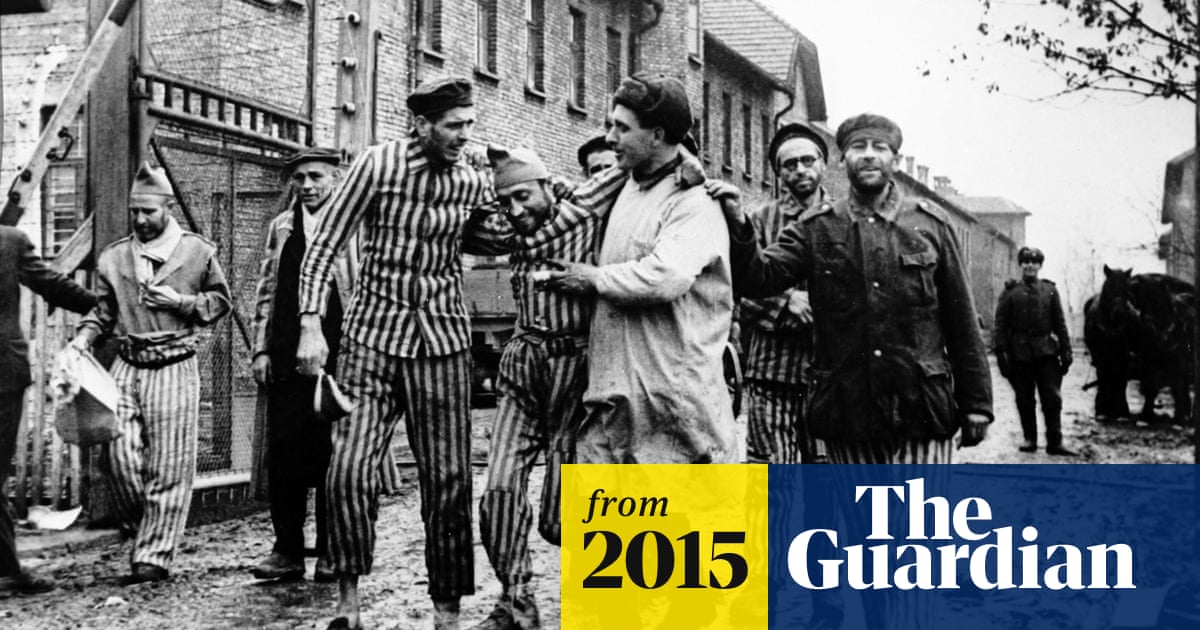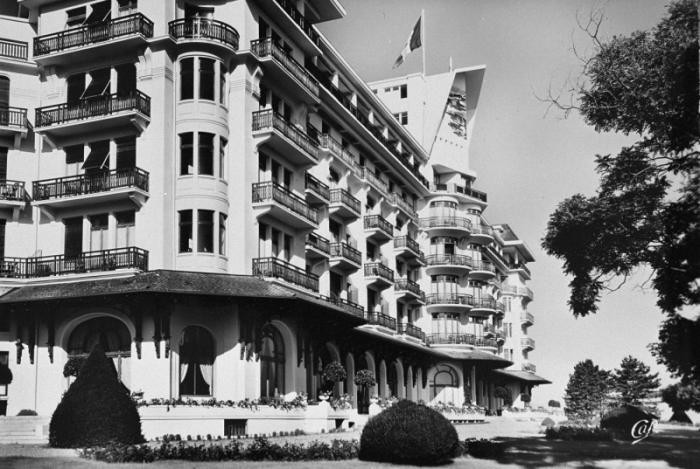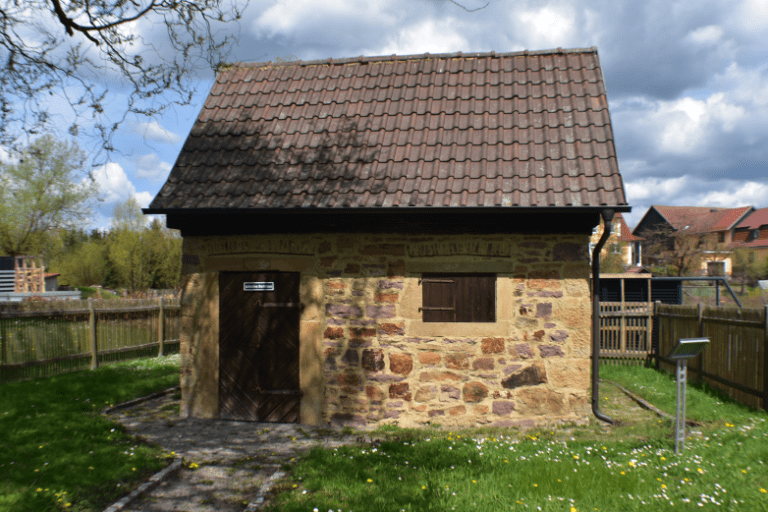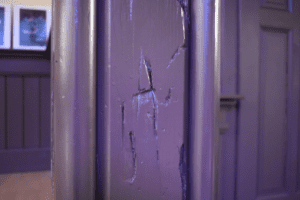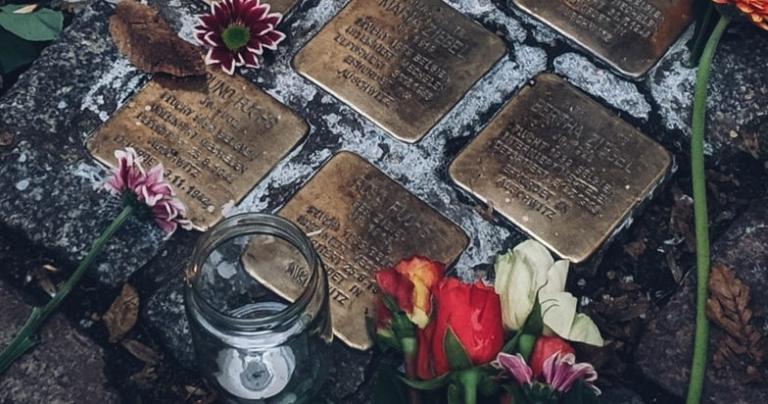I’m thinking Patrick Buchanan just joined.
Un huh. And I'm thinking we've just experienced a sample of your thinking.
Various allleged witnesses claim that gas chamber executions at Auschwitz took anywhere from instantaneous to twenty minutes. However, the most reliable sources for determining how long a gassing took from start to finish would be the physicians who ordered and supervised the gassings. Four former physicians in Auschwitz have made statements in that regard. Their names are Dr. Hans Munch, Dr. Horst Fischer, Dr. Friedrich Entress, and Dr. johann Paul Kremer. One gives a time of 3 to 5 minutes; one gives a time of 2 to 5 minutes; one gives a time of 5 minutes; and one gives a time of "some minutes." Keep in mind that in U.S. execution chambers, it took 10 minutes to terminate a prisoner.
Now, according to Professor Dr. Fritz Habor, it takes twice the poison to kill in half the time. With U.S. executions, it took 10 minutes at 0.32% hydrogen cyanide per volume. That means that in order for the 5 minute time frame given for Auschwitz gas chambers to be plausible, a 0.64% hydrogen cyanide per volume would be required. The problem is that zyklon-B does not act at all like the cyanide powder mixed with sulphuric acid used in U.S. execution chambers where the bulk of the poison gas develops instantly. Zyklon-B was developed to release the poison slowly. This was done for two reasons. Firstly, to allow those who were spreading it around inside an area to have time to do so and then get out without being harmed. And secondly, to release the poison continuously for an hour or more, which was for the purpose of compensating for leakage and absorbtion in moisture. The hydrogen cyanide used for fumigation in the camps used gypsum as a carrier substance; analysis of zyklon-B left behind by german authorities at Auschwitz confirm this.
There was a paper written in 1942 that discusses how fast hydrogen cyanide evaporates from the gypsum carrier pellets. The author, Richard Irmscher, was a researcher who worked at developing and improving zyklon-B. A chart taken from Irmscher's paper shows how fast the hydrogen cyanide evaporates from the zyklon-B. It shows that, in 5 minutes at 15 degrees celsius with the pellets spread out evenly as during delousing, 10% is released. Now, in a chamber packed with people, the temperature would have risen substantially, and the relative humidity would have been 100% in little time. The higher humidity would cause the condensation of moisture on the gypsum pellets. Hydrogen cyanide is so water soluble that once the carrier material is wet, the release of gas would be even slower.
Then we have a guy named David Cole who Interviewed Dr. Franciszek Piper who was the director of the Auschwitz State Museum. During that interview, Piper was asked why the residue count was high in the delousing chambers, but low in the homicidal chambers. He said the Zyklon B was operated a very short time, about 20 or 30 minutes during 24 hours, and in the disinfestation rooms it operated the whole day and night. Such was the procedure of using gas in the disinfestation rooms and gas chambers. That bespeaks one mass gassing per day. That contradicts eyewitness testimonies which speak of repeated homicidal gassings going on day and night. So, the question is: Could the high death rate at the camp have occured if the gas chambers were used only twenty or thirty minutes during 24 hours as Piper claims they were?
The New York Times published an article about a book by Jean-Claude Pressac. The book was written to refute revisionists. New York Times writer Richard Bernstein writes that according to Pressac, "it would have been necessary for the extermination rooms to have been emptied of corpses and refilled with new victims every half hour or so, as would have been necessary for such a large number of victims."
So, what we have here is a contradiction. It is claimed that limited use of the chambers explains the lack of residue. However, limited gassing contradicts eye-witnesses and makes the high gassing-death rate technically impossible. By attempting to support one part of the Holocaust story, Piper disproves another part.
Let's move on.
In a series of interviews with Shlomo Venezia, a survivor of the Auschwitz Sonderkommando, Venezia said that the Sonderkommando units were comprised of Jews who cleaned up the gas chambers after a group of prisoners had been murdered. After its personnel dragged the corpses out of the chamber--as Venezia states, this in and of itself was an extremely disturbing process, as it was initially difficult to disentangle the bodies--the room had to be cleaned. All traces of blood and excrement had to be washed away in order to present a clean, sterile, and hence worry-free environment to the next batch of victims. After completing this task, the men of the Sonderkommando then moved through the corpses, clipping hair or pulling out gold teeth before disposing of the bodies in industrial furnaces. The expertise that the Germans acquired in carrying out mass murder was soon passed on to the men manning the Sonderkommando units.
However, Bill Armontrout, was an expert witness at the second Ernst Zundel trial in Toronto. He was warden of the Missouri State Penitentiary, which includes an execution gas chamber. He said, "One of the things that cyanide gas does, it goes in the pores of your skin. You hose the body down, see. You have to use rubber gloves, and you hose the body down to decontaminate it before you do anything else."
In court, Armontrout testified to the safety precautions that were necessary to prevent those who handled the dead criminal's body from being poisoned by the deadly HCN themselves. He said, "The ventilation fan ran for approximately one hour before two officers equipped with Scott air-packs could open the hatch of the gas chamber and remove the lead bucket containing the cyanide residue. The two officers wore rubberized disposable clothing and long rubber gloves. They hosed down the condemned man's body in the chair, paying particular attention to the hair and the clothing because of the cyanide residue, then removed him and placed him on a gurney where further decontamination took place."
I trust I don't have to explain to you what this has to do with the story of the Sonderkommando units going in and handling bodies, clipping hair, etc. So you have a problem. If the Zyklon B was weak, and known to be slow in its release, then the mass-gassings could not have occurred as you have been taught. On the other hand, if the Zyklon B was adequate to the task, and quickly released (which it wasn't), then the testimony of surviving Sonderkommandos are easily shown to be fictitious.
You may start with rebuttals about right now.
